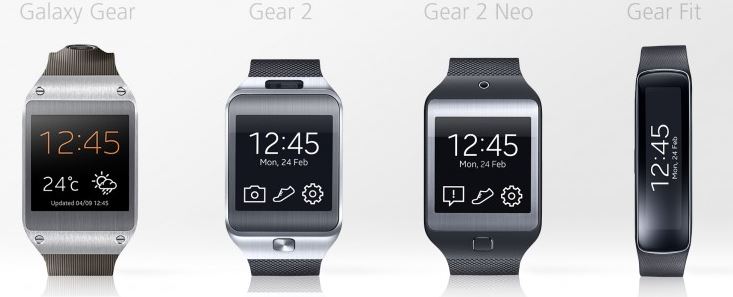Wearable technology is still a nascent market segment, often associated with fitness-tracking bands, smartwatches, and Google Glass ― interesting but nonessential gadgets. Technology analysts will agree that in order for proliferation to occur, standardization of software development and peripheral communication is in order.

Google is finally taking a serious step forward: Sundar Pichai, Google’s SVP of Android and Chrome, announced at the SXSW conference that Google will be releasing an Android SDK kit for wearable devices in the coming weeks, allowing third-party developers to finally build Android software for use with wearable devices.
There is no indication of whether or not Google is working on any of these devices, but Pichai’s emphasis on the “platform level” suggests that Google is focusing on low-level operating system implements needed for sensors in wearable devices to communicate with the Android OS.

“We'll lay out a vision for developers as to how we'll see this market working,” Pichai said to The Verge, highlighting his belief that the ecosystem of smartphone and wearables will grow in tandem. By standardizing how sensors send their data to Android, wearables’ developers are more apt to choose Android over another OS.
“We want to develop a set of common protocols by which they can work together,” Pichai said, “they need a mesh layer and they need a data layer by which they can all come together.” Standardizing the way the technology communicates is a steady step forward in maturing the otherwise emerging wearable market, granting developers access to larger audiences without running the risk of alienating market segments.
According Pinchai, Android activation has surpassed 1 billion devices worldwide, making the platform the widest used world-wide. Releasing an open source SDK will undoubtedly further expand the operating system’s proliferation into the wearables field as well, establishing dominance from early on.
Story via Verge
Advertisement
Learn more about Electronic Products Magazine





